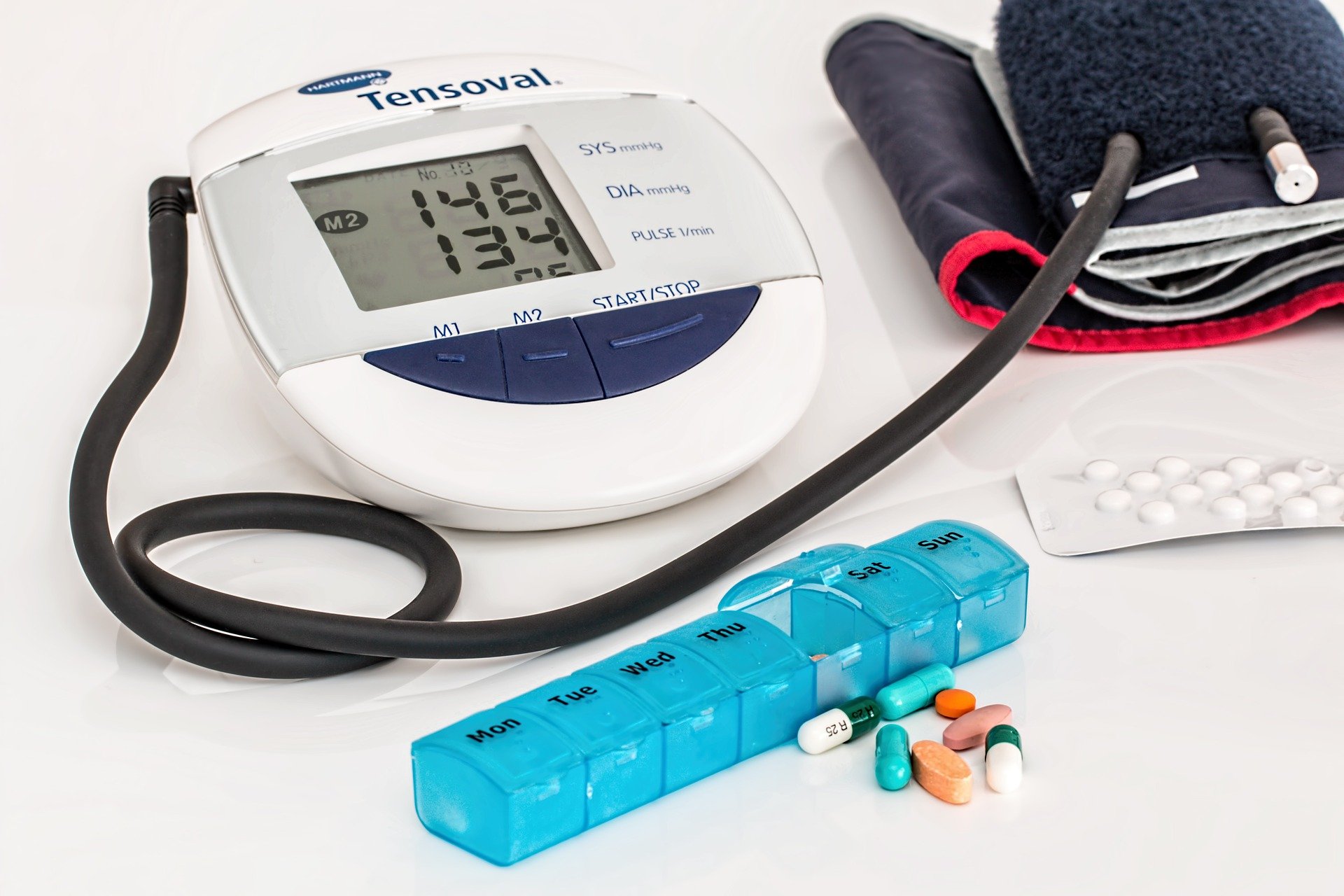When one seeks out diet advice from the internet, many websites caution dieters to avoid high-cholesterol foods. Similarly, many food labels are quick to boast that they contain “zero cholesterol.” But what exactly is cholesterol, and is it really as bad as society has made it out to be? It turns out, the answer is complicated.
Cholesterol is a small, fatty molecule with large effects on the human body, both good and bad. There are two types of cholesterol: blood cholesterol and dietary cholesterol. Blood cholesterol is made by the liver and is necessary for proper cell functioning. Dietary cholesterol comes from the food that people eat, and is further divided into low density (LDL) “bad cholesterol” and high density (HDL) “good cholesterol.” LDL cholesterol can clump together and build up in blood vessels, forming plaques and preventing blood from flowing smoothly through the body. This blockage results in a condition called atherosclerosis, which can lead to serious outcomes such as heart attack or stroke. On the other hand, HDL cholesterol is involved in removing excess LDL cholesterol from the body, reducing a person’s risk of developing plaques and atherosclerosis.
Embed from Getty Images
A buildup of LDL cholesterol in blood vessels can cause blockages, with dire health consequences.
Image Source: jamesbenet
To remove LDL cholesterol from the bloodstream, receptors called LDL receptors (LDLR) bring LDL cholesterol into cells, where it is eventually broken down and removed from the body. Receptors are molecules embedded into cell walls. They handle a smorgasbord of functions including moving substances in and out of cells and facilitating communication between the cell and its environment. Unfortunately, prior research has shown that LDLRs can be disrupted and inactivated, preventing them from clearing LDL cholesterol from the body. Scientists hope to better understand the process behind LDLR inactivation in the hopes of preventing LDL cholesterol buildup in people.
Recently, researchers from the University of Alberta discovered that a protein called “Membrane type-1 matrix metalloproteinase” (MT1-MMP) is involved in the breakdown of LDLR. In their study, scientists bred mice to have or lack various proteins, including MT1-MMP, known to be related to heart function. The mice with MT1-MMP had higher levels of blood LDL cholesterol than mice without MT1-MMP, indicating that mice with this protein were less effective at clearing LDL cholesterol from their blood. The researchers further discovered that mice without MT1-MMP had higher concentrations of LDLR in their cells, while mice with MT1-MMP had higher concentrations of “soluble” LDLR, the non-functional form of LDLR. This demonstrated to the researchers that MT1-MMP was a potential target for treatment for patients with high blood cholesterol function as it may be related to the breakdown of LDLR.
The scientists wish to continue studying MT1-MMP to potentially develop a drug that may be able to target this protein and inactivate it, preventing MT1-MMP from disabling LDLR and lowering the levels of LDL cholesterol in patients. Hopefully, such a drug will prevent plaque formation and reduce the risk of heart attacks and strokes in our friends and family members.
Featured Image Source: Steve Buissinne










